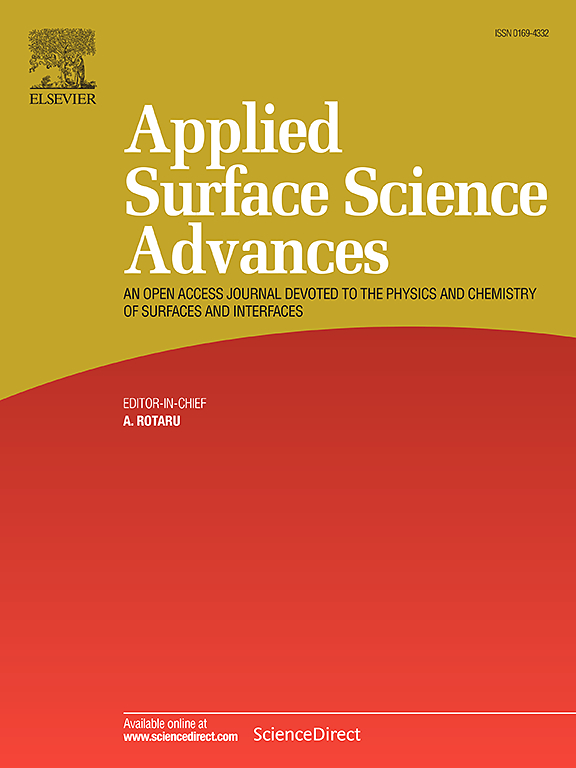Hybrid metal-free floatable photocatalysts for catalytic degradation of organic contaminants and inactivation of pathogens in water
IF 8.7
Q1 CHEMISTRY, PHYSICAL
引用次数: 0
Abstract
Wastewater treatment has garnered significant attention, particularly due to the growing focus on environmental preservation. Treating wastewater effluents to mitigate environmental contamination and sustain a clean ecosystem for all living organisms is essential. Various techniques have successfully removed industrial waste, with photocatalysis emerging as a promising approach for the degradation of a diverse class of organic contaminants. Metal-free photocatalysts (MFPs) such as graphene oxide, reduced graphene and carbon nitride, and covalent organic framework are gaining popularity among scientists globally due to their low cost, high stability, and good thermal conductivity. However, traditional powdered photocatalysts present several drawbacks, such as limited capacity for light collection, inadequate surface area, poor surface oxygenation, and challenges in separation from treated water. This review discusses the fabrication processes of hybrid floatable MFP composites based on their substrates and critically evaluates their performance in degrading organic dyes and antibiotics and their application in water disinfection through specific case studies. In addition, this work highlights the potential of coupling floatable MFPs as an active component with other technologies such as ultrasonic vibration and piezoelectric effect for water remediation. Finally, this review outlines future research directions and addresses current challenges in the field.
杂化无金属可浮性光催化剂催化降解水中有机污染物和灭活病原体
废水处理已经引起了极大的关注,特别是由于对环境保护的日益关注。处理废水以减轻环境污染并为所有生物维持清洁的生态系统至关重要。各种技术已经成功地清除了工业废物,光催化成为降解多种有机污染物的一种有前途的方法。无金属光催化剂(mfp),如氧化石墨烯、还原石墨烯和氮化碳以及共价有机框架,因其低成本、高稳定性和良好的导热性而受到全球科学家的欢迎。然而,传统的粉状光催化剂存在一些缺点,如光收集能力有限,表面积不足,表面氧化性差,以及与处理过的水分离的挑战。本文综述了基于复合基质的可浮性MFP复合材料的制备工艺,并通过具体案例对其降解有机染料和抗生素的性能及其在水消毒中的应用进行了评价。此外,这项工作还强调了将可浮性mfp与其他技术(如超声波振动和压电效应)耦合作为一种有效成分用于水修复的潜力。最后,本文概述了该领域未来的研究方向和当前面临的挑战。
本文章由计算机程序翻译,如有差异,请以英文原文为准。
求助全文
约1分钟内获得全文
求助全文

 求助内容:
求助内容: 应助结果提醒方式:
应助结果提醒方式:


